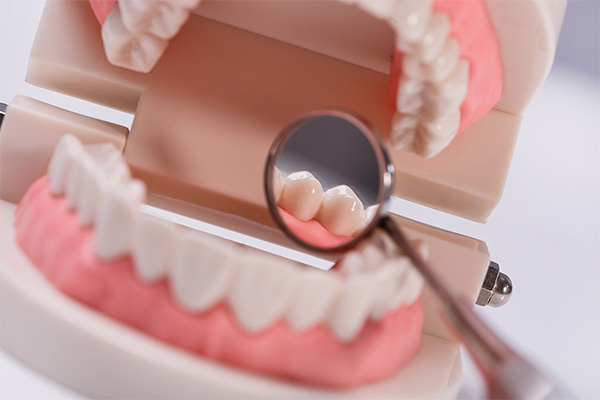

Dental Prosthesis
The prosthesis is the general name of a medicine that enables missing or lost teeth with artificial teeth. There are many types of prostheses. It is possible to regain your health by using different treatment methods depending on the number, position and mouth structure of the missing teeth.
Types of prostheses that can be treated; Fixed-type treatments such as crown – bridge or crowning treatment or moving attachment – removal – palate are also types of prosthesis treatment. The most similar prosthesis treatment to real teeth is the implant, namely titanium screw-supported prosthesis treatment. Every lost tooth poses a danger to healthy teeth. If the prosthesis treatment developed to protect your oral health is not applied, healthy teeth may slide into the space created by the lost tooth. The crooked teeth cause problems in terms of appearance and cause early loss of healthy teeth, palate problems, and gum damage and cause great difficulties if you want to be treated in the future. As with any health problem, early diagnosis and intervention play a critical role in dental prosthesis treatment. The problems it will cause you in cleaning will cause your dental and oral health to worsen. Here, we call prosthesis in dentistry, which has been created to prevent and treat all these and more.
What is Fixed Prosthesis Treatment?
Fixed prosthesis treatment is immobile artificial teeth that cannot be inserted or removed by patients in the language of implant treatment. For this reason, this is the prosthesis treatment that is most similar to your natural teeth. There are different treatment options according to the oral and jaw bone health of the patient. Porcelain crowns with inlays, lamina metal supports and without metal support are included in this treatment method.
What are Crowns and Bridges (COATINGS)?
If we need to examine in two parts, our first method of treatment is crown treatment. In this treatment method, the patient should not have lost his tooth. The tooth of the patient must be damaged due to caries, fractures or other factors. The diseased tooth is reduced as much as possible at the beginning of the treatment, and the healthy part is reached, then the tooth or teeth are covered with the support from this part.The second treatment method, the bridge, is performed in a very similar way. In this treatment method, the patient has lost his teeth, and the teeth are reduced in the same way as in the crown operation to get support from the healthy teeth. Later, the lost teeth are filled and covered with the support taken from healthy teeth.
Immobile Prosthesis Treatment
It is the type of treatment used in patients who cannot be fixed prosthesis treatment. Immobile, in other words, denture-removal prosthesis treatment, are teeth that act as sheaths. In this way, our patients can remove and wear their teeth whenever they want.
What Types of Teeth Are Used in Removable Denture Treatment?
Generally, the material used is acrylic (plastic). There are also porcelain dentures, but they can cause severe problems to your mouth structure due to their heavyweight. Porcelain dentures cannot be 100% connected with plastic, so there is a possibility of ejection during chewing. Porcelain teeth used in prostheses are only and only in the front group. For this reason, we generally recommend acrylic, plastic dentures to our patients.
How to Clean Removable Dentures?
Removable dentures should be removed after each meal and brushed. A toothbrush and toothpaste will be sufficient for this procedure. I cannot pass without mentioning a few wrong moves we witnessed. Never try to clean the denture with abrasive and metal-containing chemical cleaning products. Especially cleaning with bleach will seriously damage the prosthesis. Contrary to your purpose, it causes color changes and wears.
